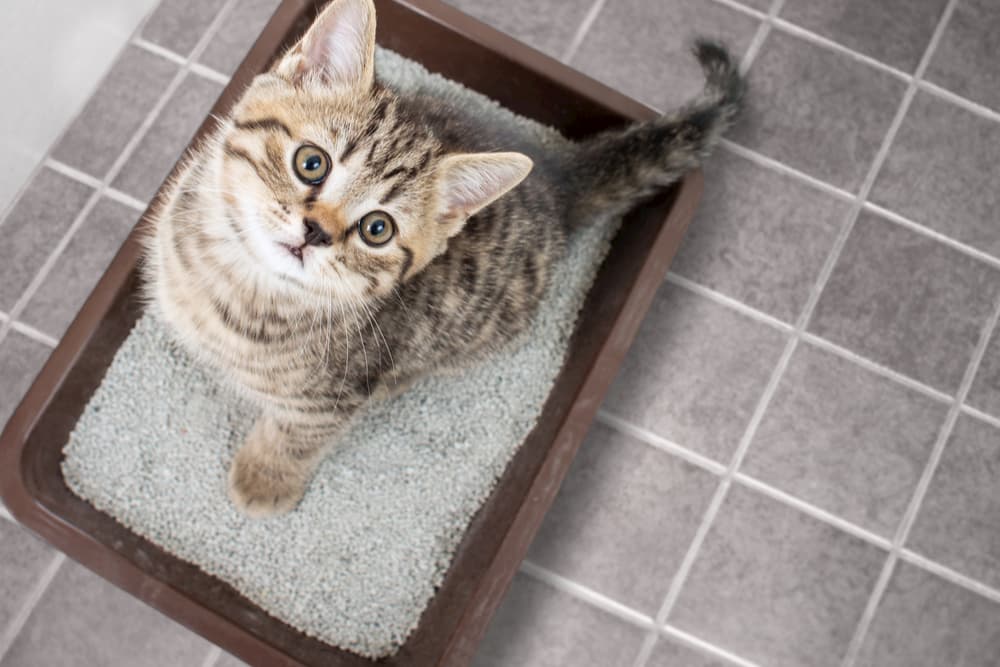Just about everyone will have their own unique idea when it comes to Don’t flush cat feces down the toilet.
Intro
As feline owners, it's essential to bear in mind just how we throw away our feline friends' waste. While it might appear convenient to flush pet cat poop down the commode, this method can have destructive repercussions for both the setting and human health and wellness.
Environmental Impact
Flushing cat poop introduces harmful virus and bloodsuckers right into the water system, presenting a considerable risk to marine ecosystems. These impurities can adversely affect marine life and concession water top quality.
Health and wellness Risks
In addition to ecological issues, purging feline waste can also pose health and wellness risks to human beings. Feline feces might consist of Toxoplasma gondii, a parasite that can trigger toxoplasmosis-- a potentially extreme disease, specifically for expecting women and people with weakened body immune systems.
Alternatives to Flushing
Thankfully, there are more secure and much more liable methods to take care of feline poop. Take into consideration the complying with alternatives:
1. Scoop and Dispose in Trash
One of the most common technique of dealing with pet cat poop is to scoop it into a naturally degradable bag and toss it in the trash. Make certain to use a specialized trash inside story and dispose of the waste immediately.
2. Usage Biodegradable Litter
Opt for eco-friendly pet cat litter made from products such as corn or wheat. These clutters are eco-friendly and can be securely gotten rid of in the garbage.
3. Hide in the Yard
If you have a backyard, consider burying feline waste in an assigned location away from vegetable yards and water resources. Make certain to dig deep adequate to prevent contamination of groundwater.
4. Mount a Pet Waste Disposal System
Invest in a pet dog garbage disposal system especially made for pet cat waste. These systems utilize enzymes to break down the waste, lowering smell and environmental effect.
Conclusion
Responsible family pet ownership extends past supplying food and shelter-- it also entails correct waste administration. By refraining from purging pet cat poop down the commode and selecting alternative disposal methods, we can minimize our ecological impact and safeguard human health.
Why Can’t I Flush Cat Poop?
It Spreads a Parasite
Cats are frequently infected with a parasite called toxoplasma gondii. The parasite causes an infection called toxoplasmosis. It is usually harmless to cats. The parasite only uses cat poop as a host for its eggs. Otherwise, the cat’s immune system usually keeps the infection at low enough levels to maintain its own health. But it does not stop the develop of eggs. These eggs are tiny and surprisingly tough. They may survive for a year before they begin to grow. But that’s the problem.
Our wastewater system is not designed to deal with toxoplasmosis eggs. Instead, most eggs will flush from your toilet into sewers and wastewater management plants. After the sewage is treated for many other harmful things in it, it is typically released into local rivers, lakes, or oceans. Here, the toxoplasmosis eggs can find new hosts, including starfish, crabs, otters, and many other wildlife. For many, this is a significant risk to their health. Toxoplasmosis can also end up infecting water sources that are important for agriculture, which means our deer, pigs, and sheep can get infected too.
Is There Risk to Humans?
There can be a risk to human life from flushing cat poop down the toilet. If you do so, the parasites from your cat’s poop can end up in shellfish, game animals, or livestock. If this meat is then served raw or undercooked, the people who eat it can get sick.
In fact, according to the CDC, 40 million people in the United States are infected with toxoplasma gondii. They get it from exposure to infected seafood, or from some kind of cat poop contamination, like drinking from a stream that is contaminated or touching anything that has come into contact with cat poop. That includes just cleaning a cat litter box.
Most people who get infected with these parasites will not develop any symptoms. However, for pregnant women or for those with compromised immune systems, the parasite can cause severe health problems.
How to Handle Cat Poop
The best way to handle cat poop is actually to clean the box more often. The eggs that the parasite sheds will not become active until one to five days after the cat poops. That means that if you clean daily, you’re much less likely to come into direct contact with infectious eggs.
That said, always dispose of cat poop in the garbage and not down the toilet. Wash your hands before and after you clean the litter box, and bring the bag of poop right outside to your garbage bins.
https://trenchlesssolutionsusa.com/why-cant-i-flush-cat-poop/

We were shown that editorial about Can You Flush Cat Poo or Litter Down the Toilet? from an associate on our other web page. Sharing is nice. One never knows, you could be doing someone a favor. We cherish reading our article about Can You Flush Cat Poop Down The Toilet?.
Call Today